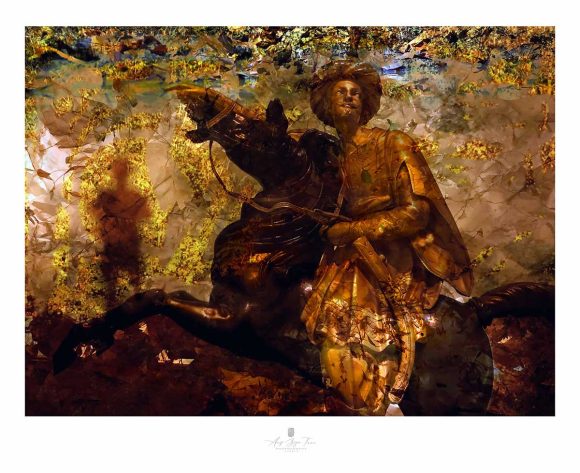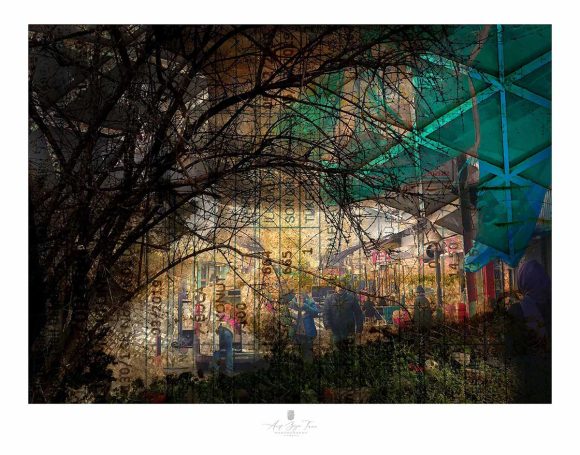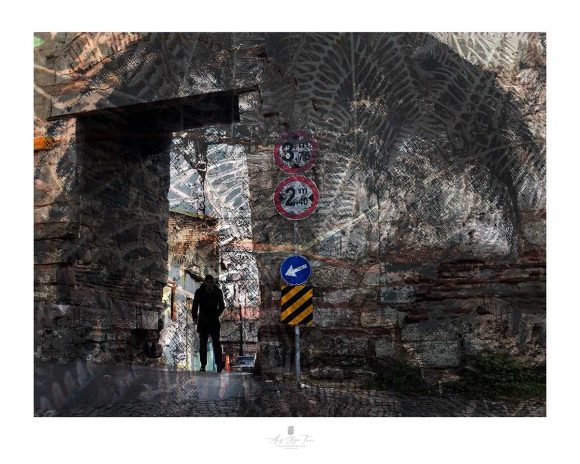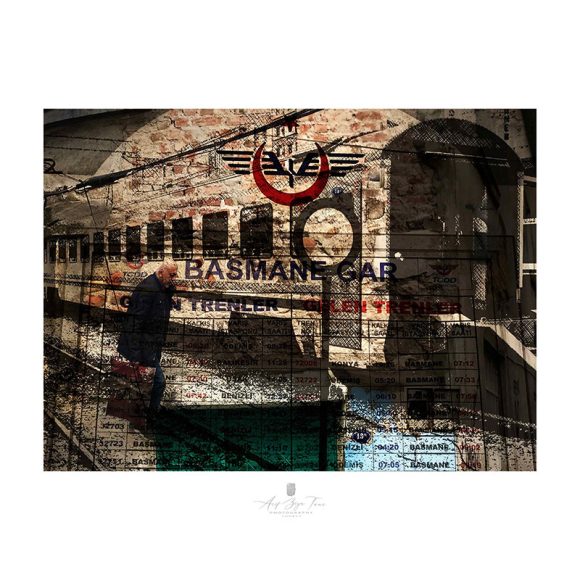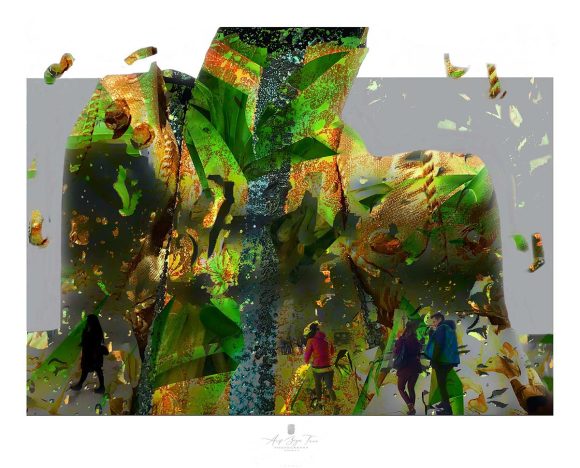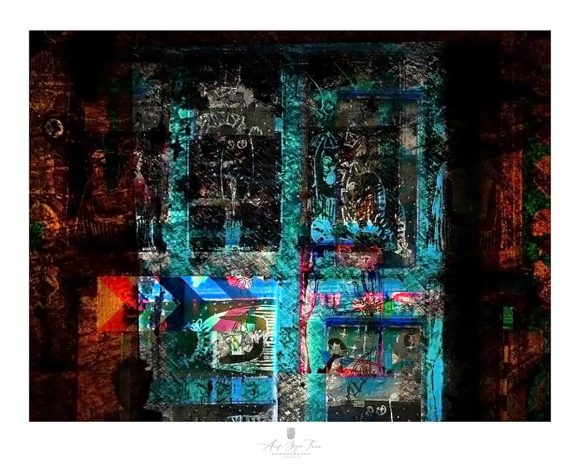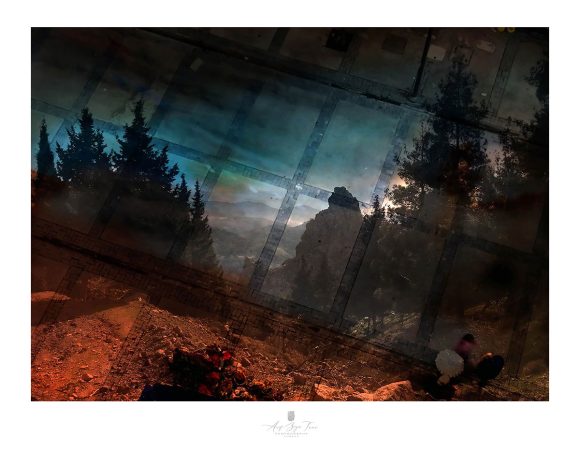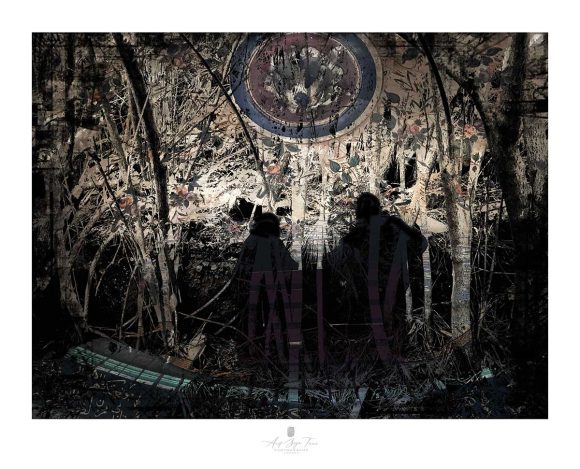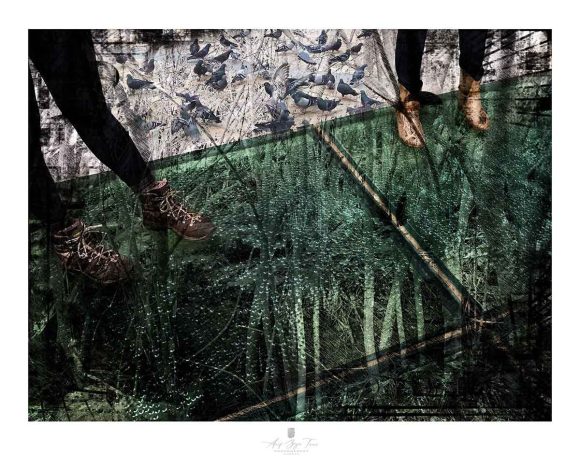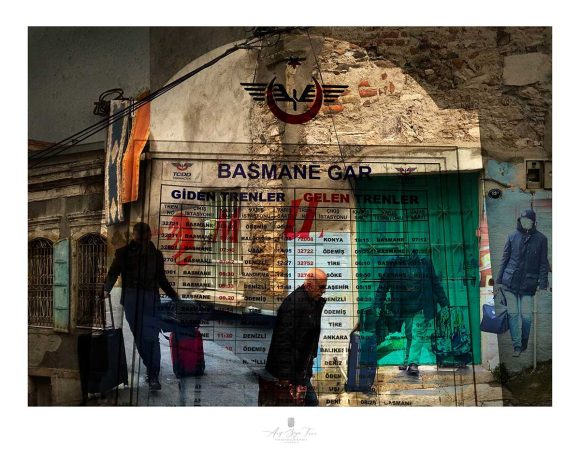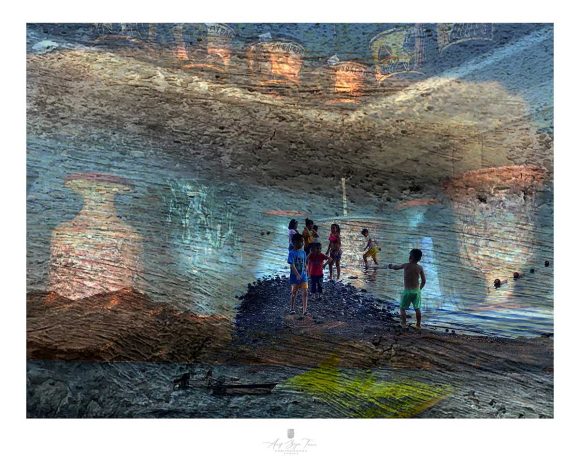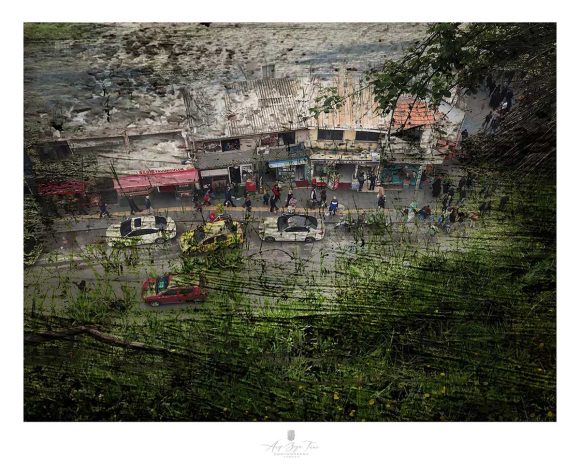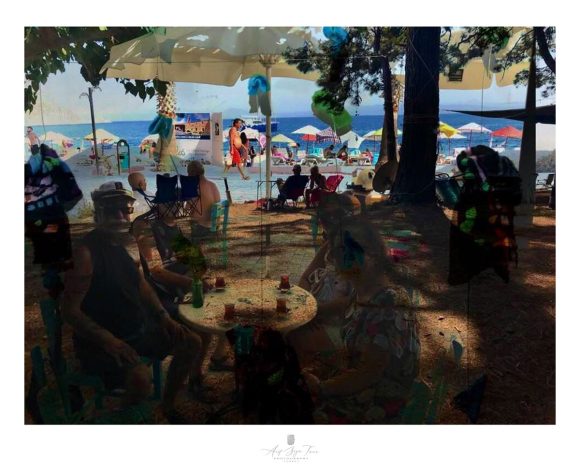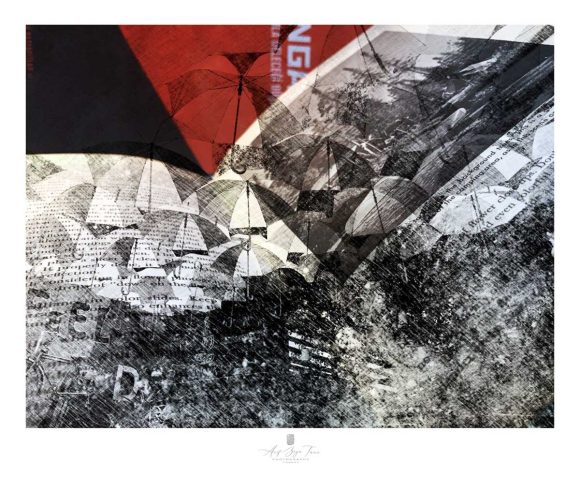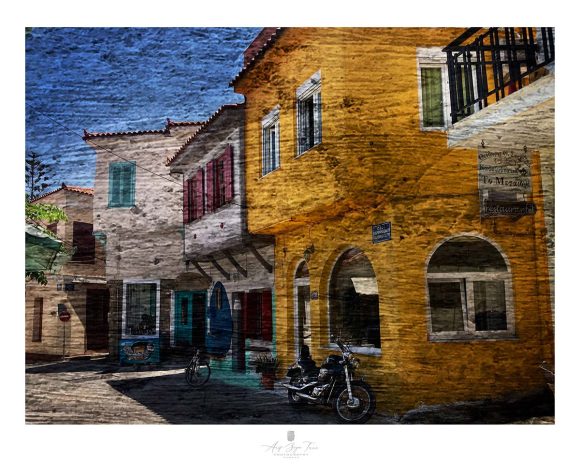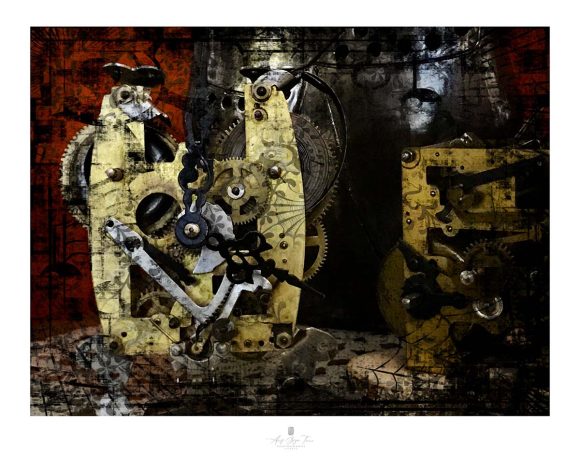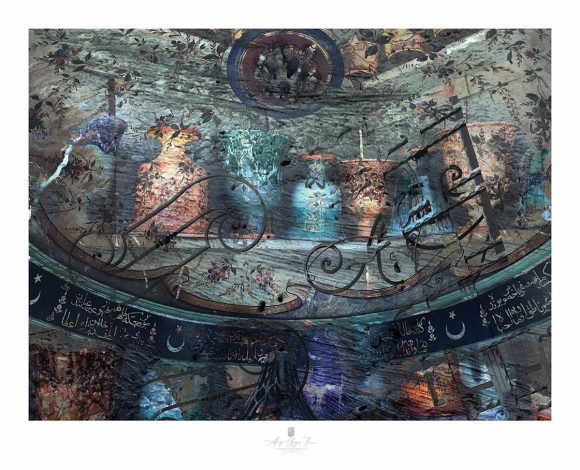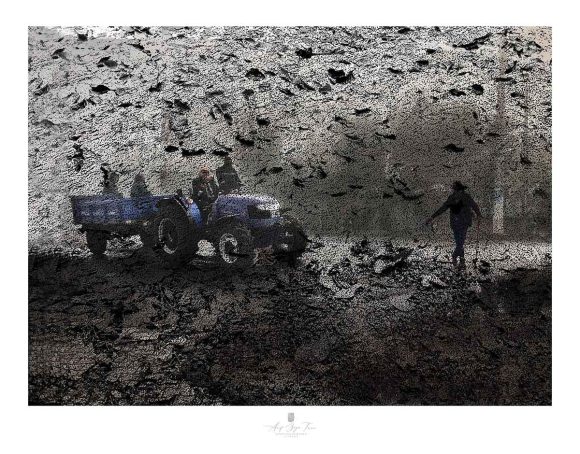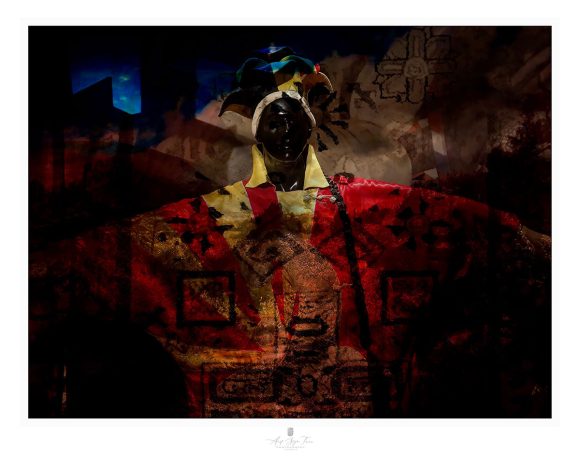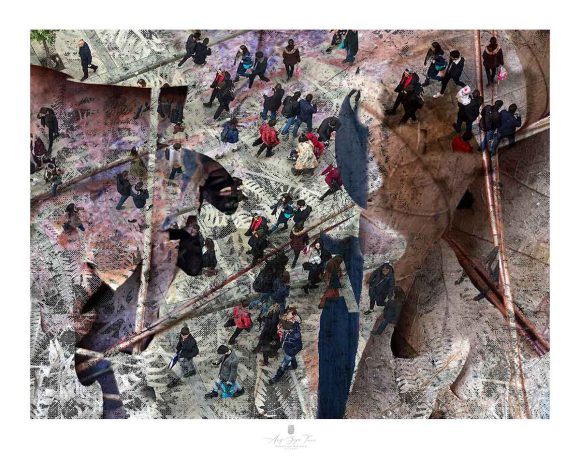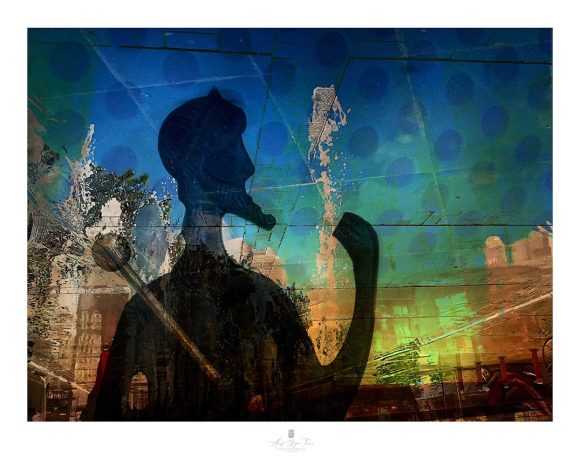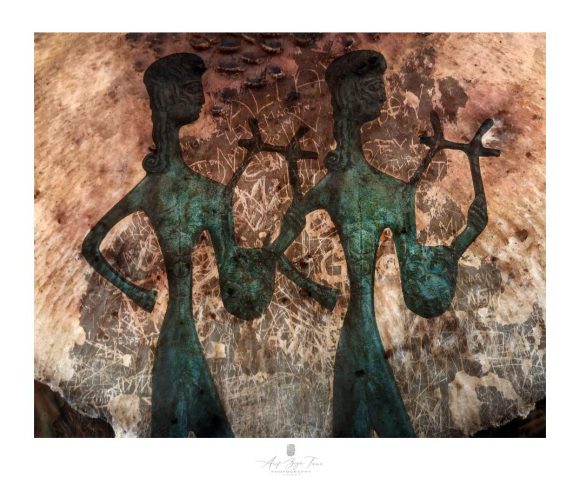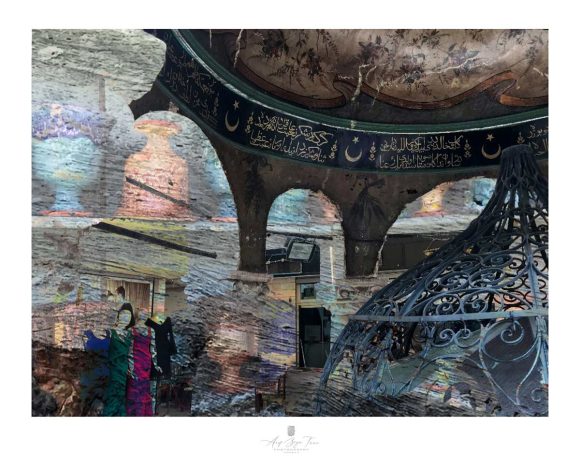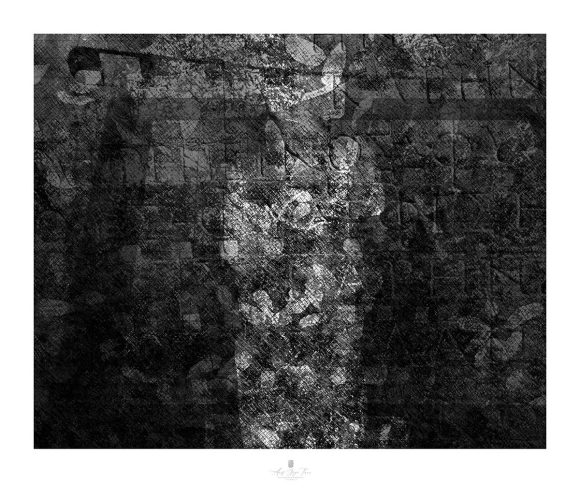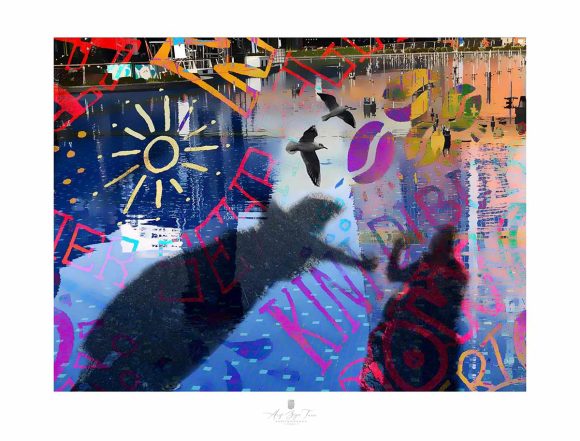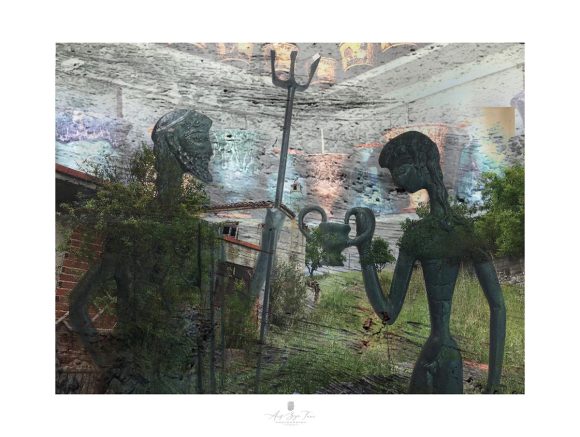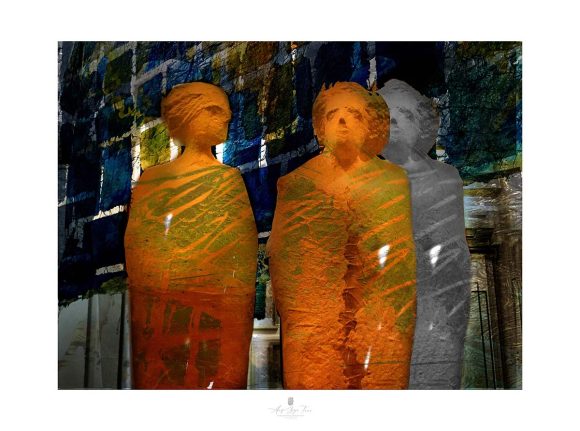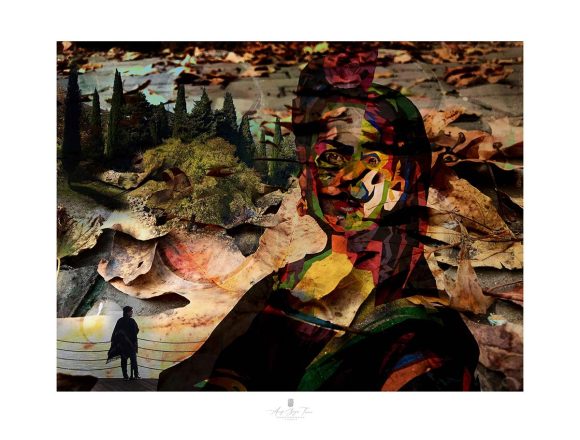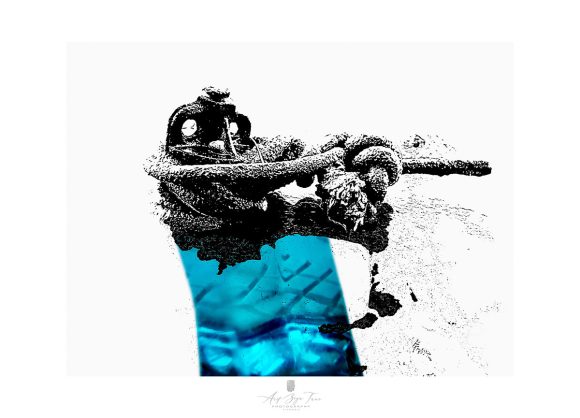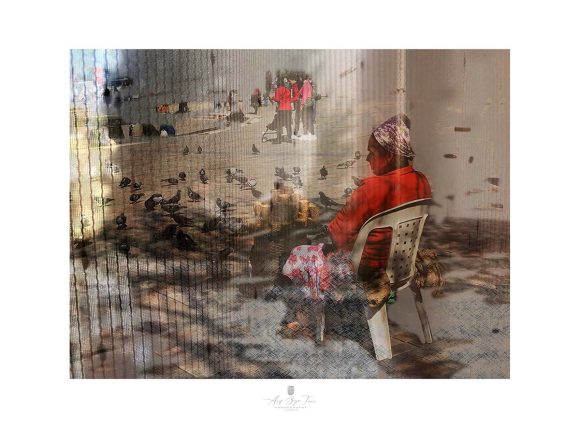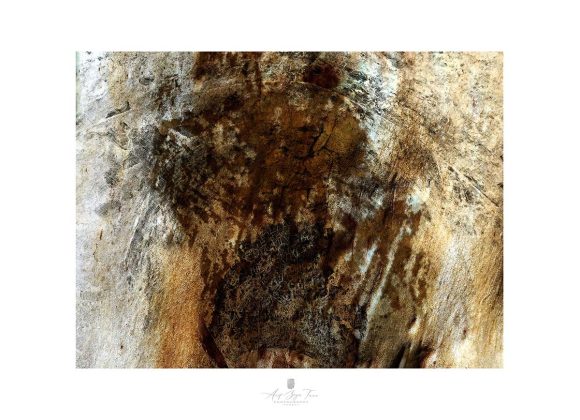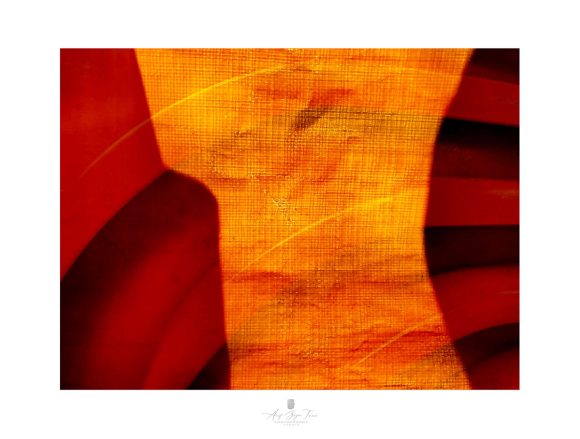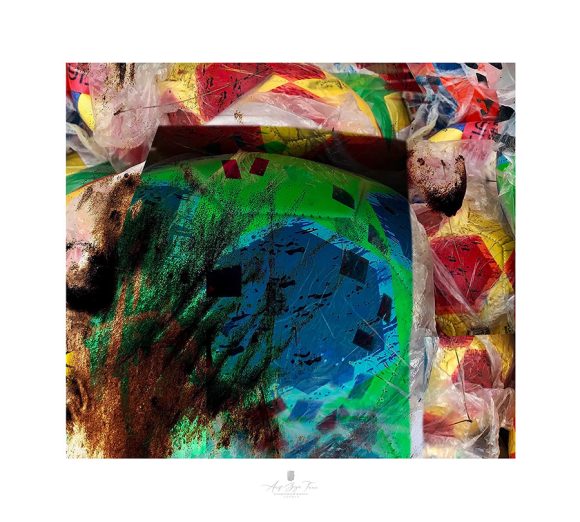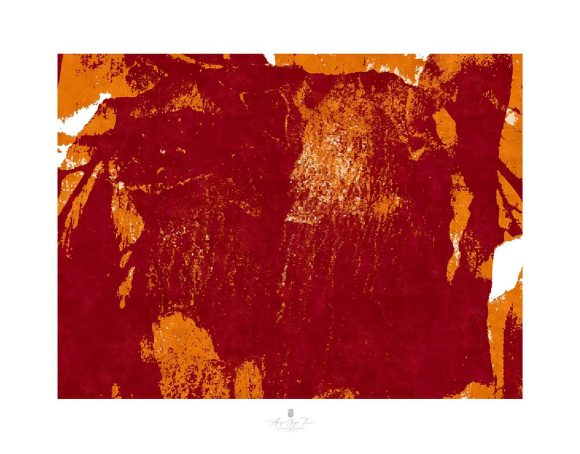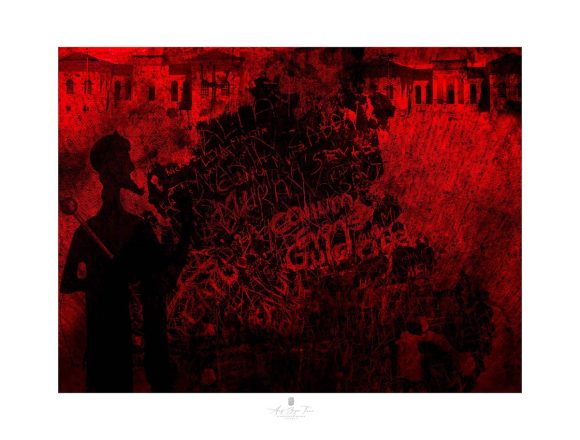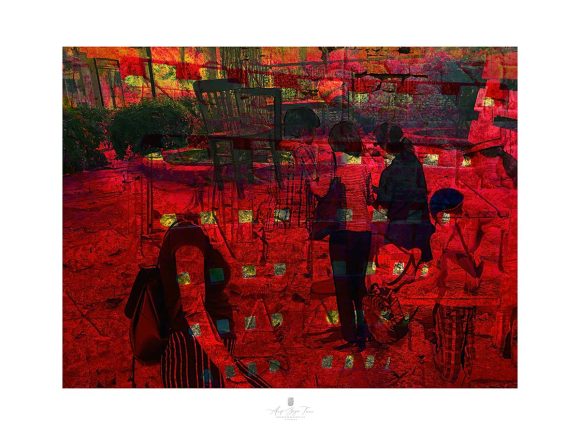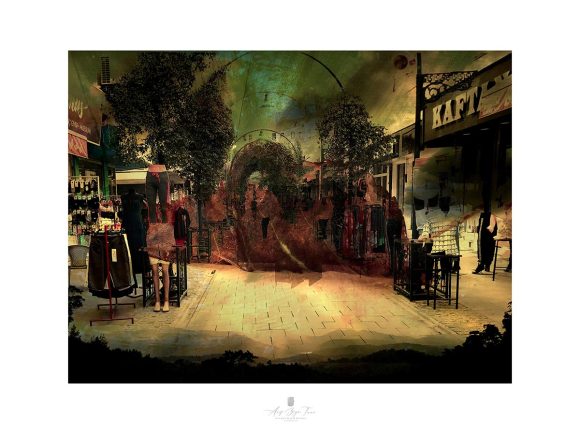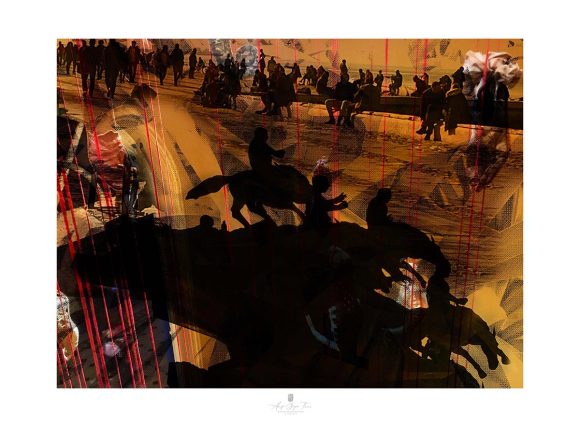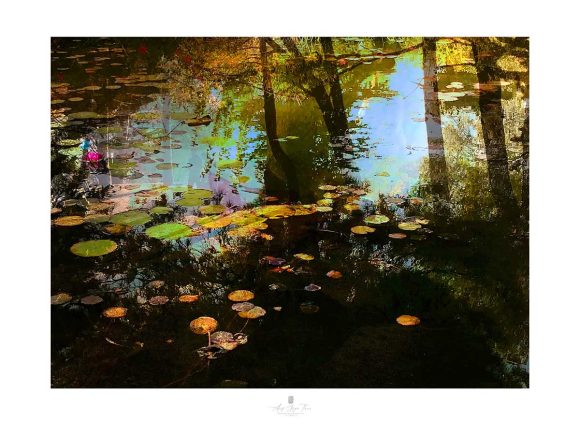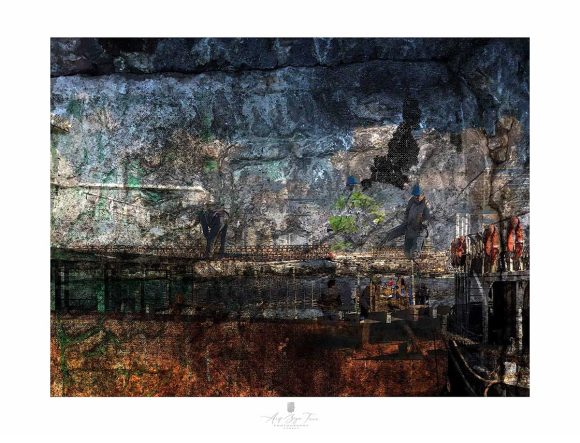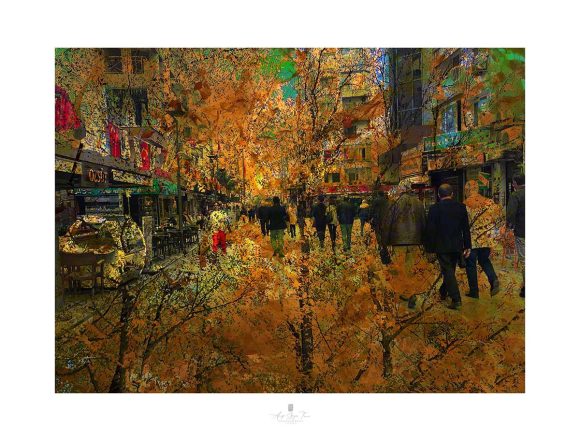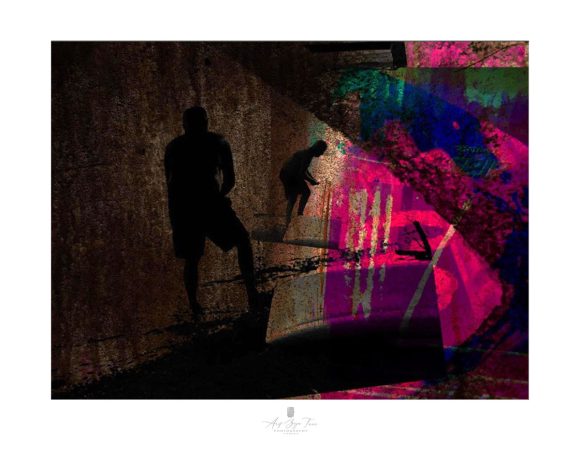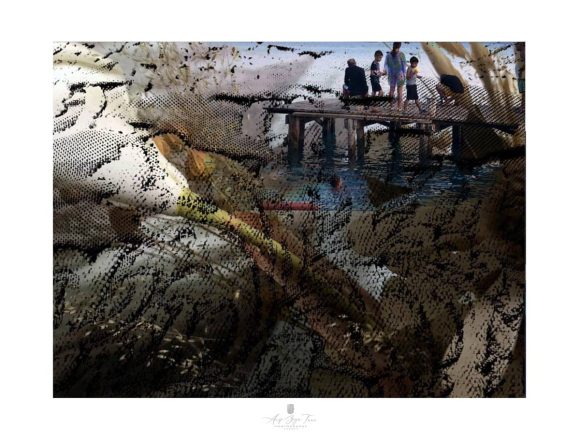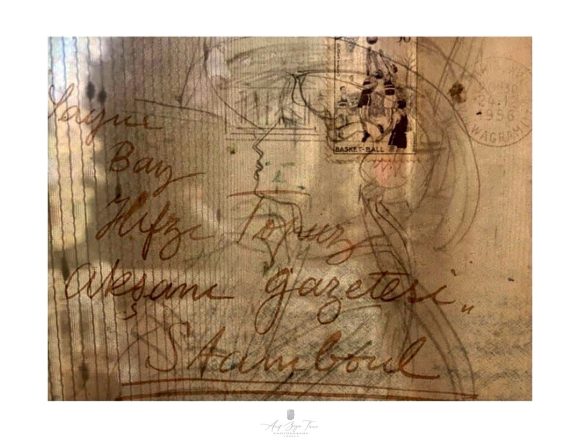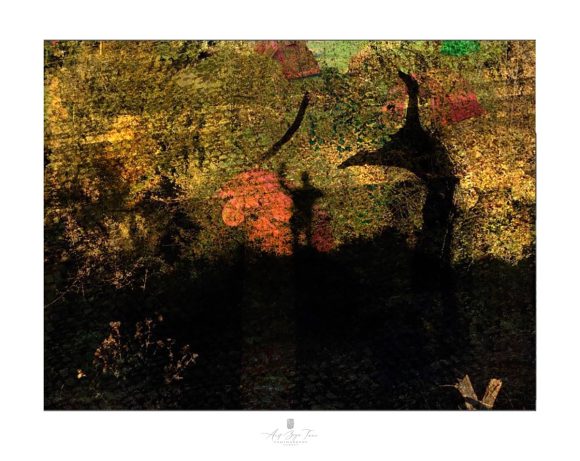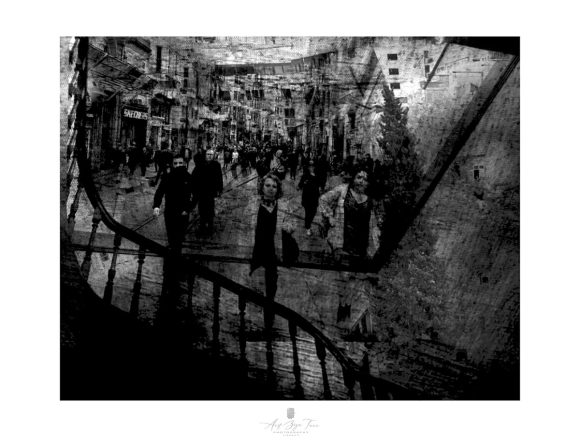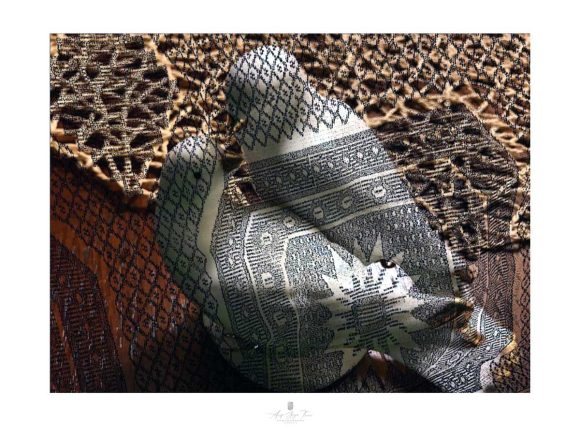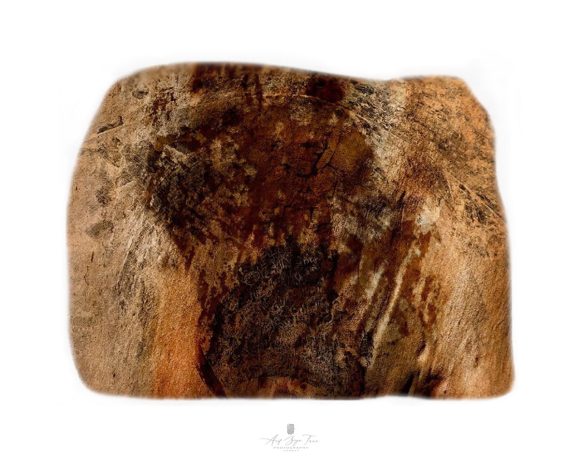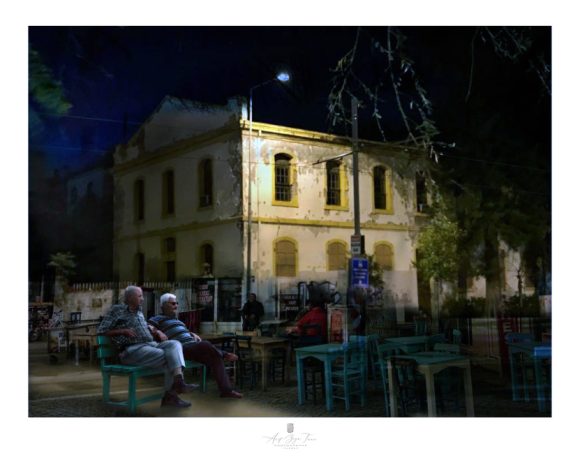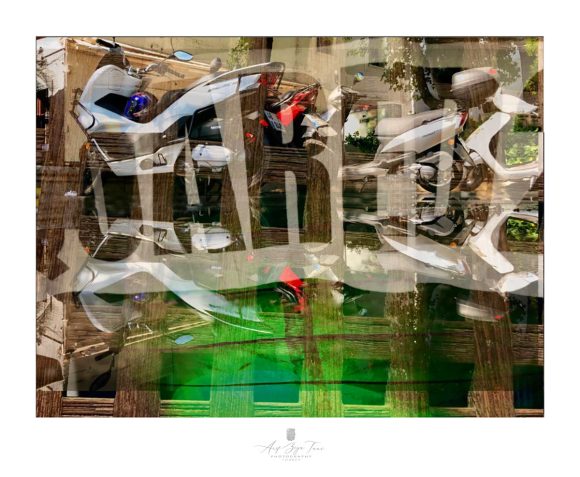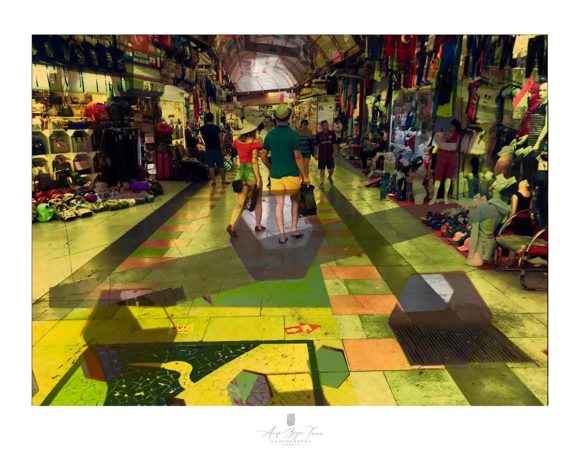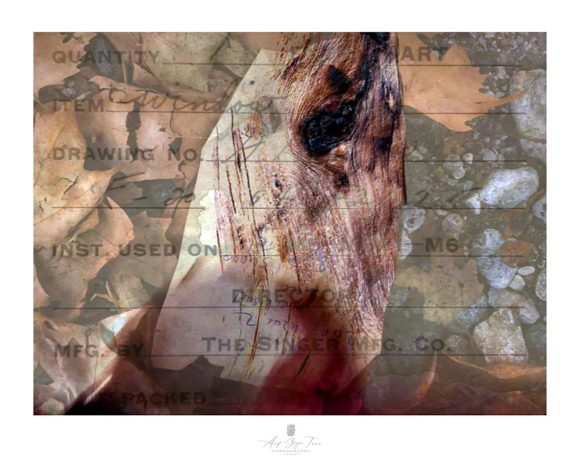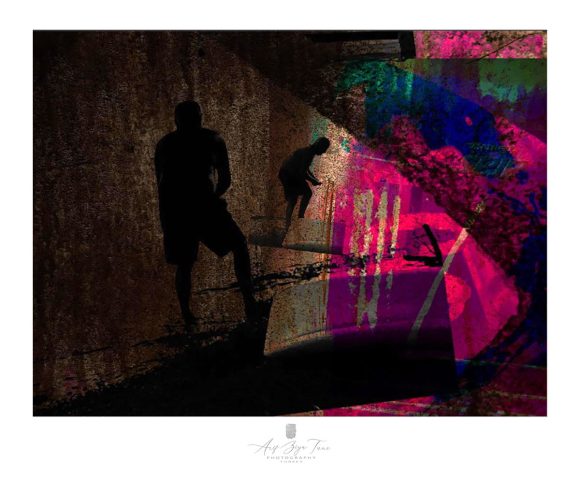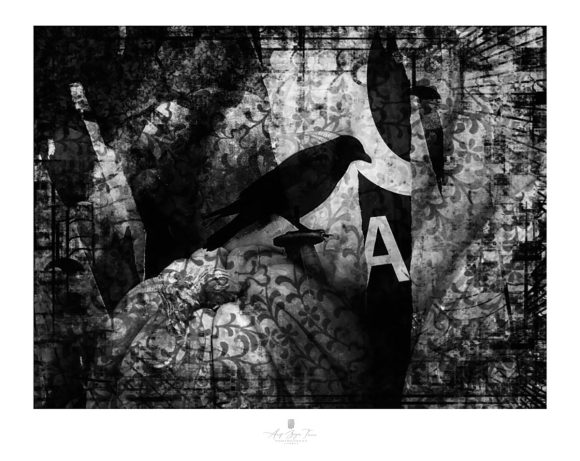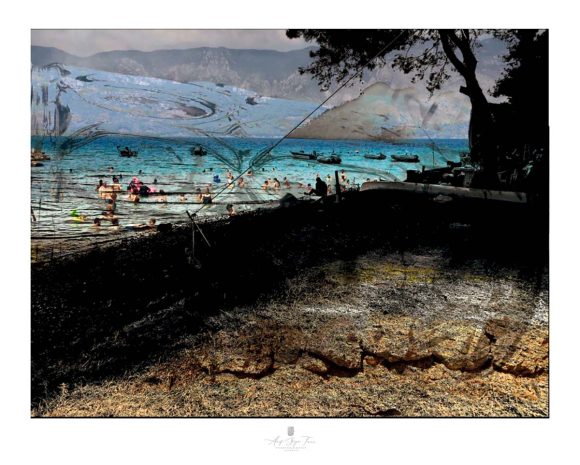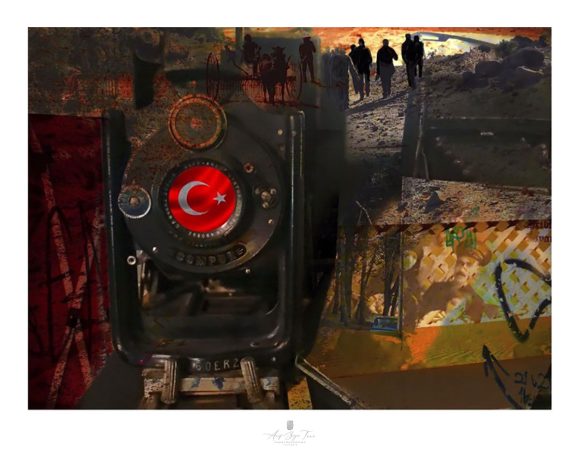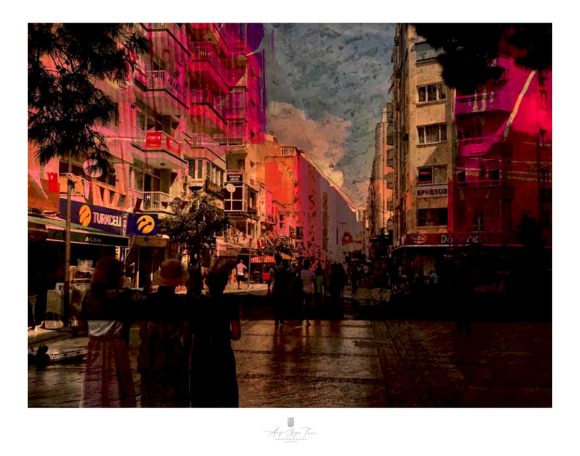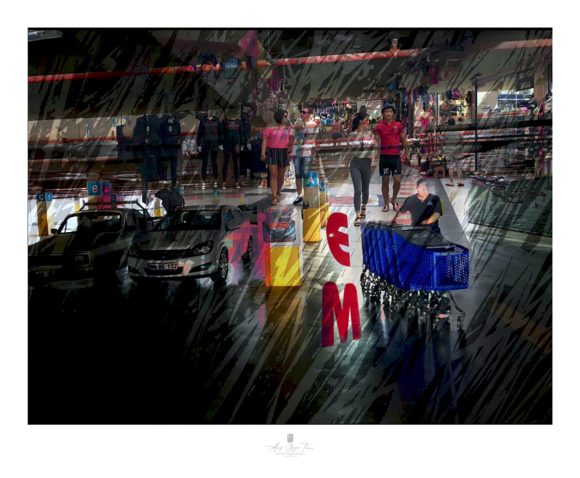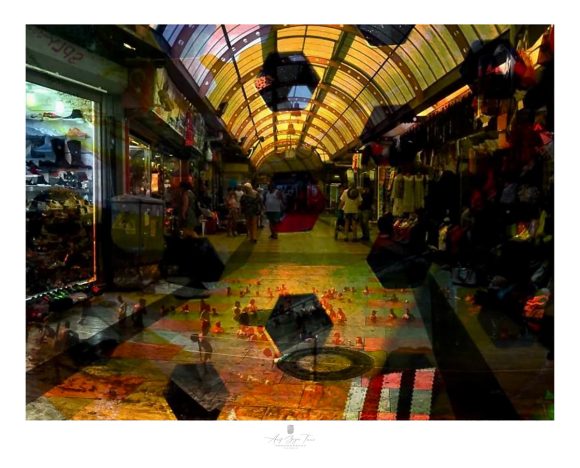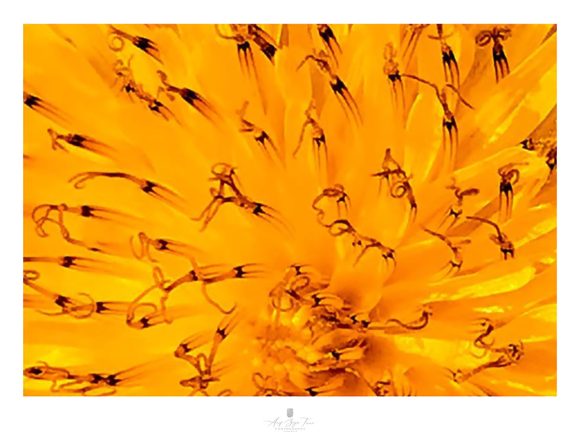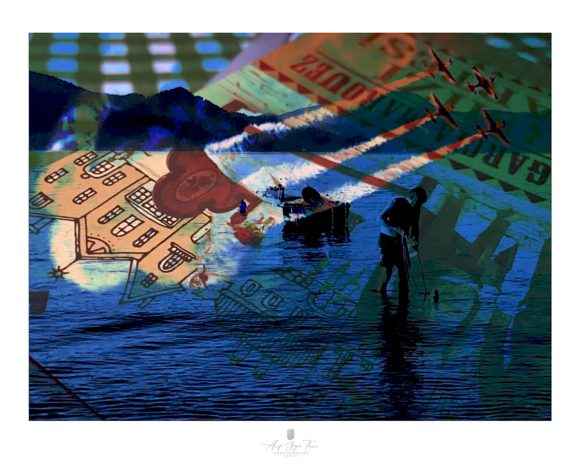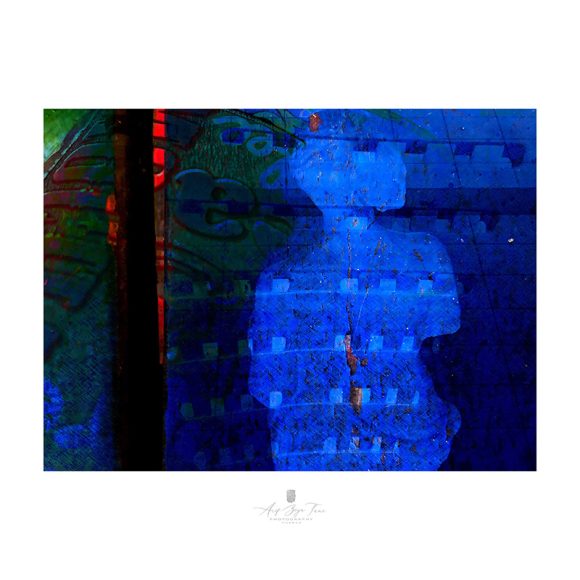FOTOFÜZYON
FOTOĞRAFTA ESTETİK ARAYIŞLAR VE FOTO-FÜZYONLARIM (TR)
İnsanlık tarihi açısından bakıldığında, fotoğrafın resim sanatına göre bugün bile yeni bir ifade aracı olarak benimsendiği düşüncesi yanlış olmaz. 1800’lü yılların ilk çeyreğinden itibaren ortaya çıkan ve teknik buluşlarla sürekli gelişen ve yaşantımızda daha çok yer alan fotoğraf, özellikle günümüzde hem işlevsel, hem de estetik bir ifade aracı olarak kendi varlığını kanıtlamaktadır. Ancak fotoğrafta temel sorunlardan biri, tekniğin ve makine donanımının önemi kadar, yaratıcılık açısından fotoğrafa nasıl yaklaşılacağıdır. Fotoğrafı sanat nesnesi niteliğine dönüştüren de gerçekte bu yaklaşımdır. Çünkü fotoğraf da diğer tüm görsel sanatlarla aynı ilkelere ve aynı eleştirel ortama sahiptir. Sadece teknik yeterlilik ya da makine donanımının başarılı bir fotoğraf için yeterli olmayacağı açıktır. Fotoğraf, sanatçının yaratma gücüne bağlı olarak, özgün ve estetik kaygılarla elde ettiği, sadece biçimsel değil ama aynı zaman da sanatsal edimlerin neredeyse insanlık tarihi kadar geriye giden felsefe ve ideolojisini de görselleştirebildiği zaman başarıyı yakalar. Bu bağlamda; 1850’lerden günümüze değin süren Modern Sanat Akım ve hareketlerinin arkasında bulunan düşünce yapısının, kompozisyon anlayışının daha da önemlisi, güzellik kavramının fotoğraf sanatçıları tarafından kavranması ve anlaşılmasının önemi ortaya çıkar. Caravaggio’nun devrimci kompozisyon anlayışını, Rembrandt’ın ışığını, Renoir’ın fırça darbelerini, Van Gogh’un sarısını, Bauhaus’un biçim ve leke anlayışını bilmek fotoğrafta kendini mutlaka hissettirecektir. Teknik beceri kadar sanatsal kaygının da öne çıktığı fotoğraflar, aynı zamanda yaratıcılığı ve artistik çözümleri de içereceğinden, izleyiciyle duygusal bağ kurar. Zaten sanatın amaçlarından biri de bu değil midir?
Foto/füzyon olarak adlandırdığım bu sergimdeki çalışmalarımın hemen tümü aslında, modern sanat akımlarına, içsel bir yönelişle gerçekleştirdiğim bir göndermedir. İzleyici bu ipuçlarını, yüzeydeki biçim ve leke ilişkilerinde, dokularda, renklerde, figürlerde ve ışığın (ki bu doğal ışık değildir) kullanımında hissedecektir.
Bu sergimde fotoğraf üzerinden, pek çok sayıda fotoğraf kökenli görselleri bir araya getirerek, pek çok katmandan oluşan ama sonuçta bir pentür tadında (ışık, denge, hareket ve derinlik yanılsaması gibi) tek bir görüntü oluşturmaya çalıştım. Küçük parçalar-görseller (fotoğraflar) aynen yap/bozdaki gibi, önceden kurgulanmış biçimde bir araya gelerek anlamlı bir bütün oluşturmaktadır. Her ne kadar yapıtlarımın fotoğraf olup-olmadığı tartışılabilir olsa da, kullandığım bütün malzememin fotoğraf olduğu bir gerçektir. Bu noktada “fotoğraf çekmek” yerine “fotoğraf yapmak” cümlesinin daha doğru olacağını düşünüyorum. Hepimizin bildiği gibi fotoğraf makinesi objektiften giren görüntünün, deklanşöre bir kez basılmasıyla (tek çekim) izleyiciye sunulması tekniğine dayanır. Bu süreçte fotoğraf sanatçısının görüntüye müdahale etme şansı çok yoktur, en azından sınırlıdır. Buradaysa fotoğraf, daha önce farklı mekan ve zaman aralığında elde edilmiş tek çekimlerin bilgisayar ortamında birleştirilmesiyle elde edilmiştir. Elde edilen görsel, izleyicide ilk anda tek bir fotoğraf etkisi yaratsa bile ayrıntılı bakıldığın da göz, bütünü oluşturan katmanları ve ekleri kolaylıkla ayırabilecektir. Kolaj tekniğini çağrıştırsa da, kolajın tersine buradaki katmanlar geçirgendir ve sınırları eriyip diğer katmanlarla kaynaşmıştır. Bu nedenle “Kolaj” sözcüğü yerine “Füzyon” şeklinde ifade etmenin daha doğru olacağını düşünüyorum.
Kuşkusuz foto/füzyonlar oluşturulurken, estetik bir öğe olarak bir pentürde olması gereken kompozisyonla ilgili değerlerin tümünü, hem estetik kaygılar, hem de plastik değerleri (ışık-gölge, dolu/boş alan, açık/koyu, kontrast, denge) ve özellikle konu bütünlüğünü dikkate aldığım açıktır.
–%–
AESTHETIC SEEKING IN PHOTOGRAPHY AND MY PHOTOFUSIONS (ENG)
From the perspective of art, it would not be wrong to think that photography has been adopted as a new means of expression even today, according to the art of painting. Photography, which has emerged since the first quarter of the 1800s and is constantly developing with technical inventions and taking place more in our lives, proves its existence as a means of both functional and aesthetic expression, especially today. However, as an art, one of the main problems in photography, as well as the importance of technique and machine equipment, is how to approach photography in terms of creativity. It is this approach that turns photography into an art object. Because photography has the same principles and the same critical environment as all other visual arts. It is clear that only technical competence or machine equipment will not be sufficient for a successful photograph. Photography achieves success when it is able to visualize not only the formal, but also the philosophy and ideology of artistic acts that go back almost as long as human history, which the artist has achieved with original and aesthetic concerns, depending on his creative power. In this context; The mentality behind the Modern Art Movement and movements from the 1850s to the present, and more importantly, the understanding of the concept of beauty by photographers emerges. Knowing Caravaggio’s revolutionary understanding of composition, Rembrandt’s light, Renoir’s brushstrokes, Van Gogh’s yellow, Bauhaus’s understanding of form and stain will definitely make itself felt in photography. Photographs, in which artistic concern as well as technical skill stand out, establish an emotional connection with the viewer as they also include creativity and artistic solutions. After all, isn’t that one of the purposes of art?
Today my photographic works , which I call photo/fusion, are actually a reference to modern art movements with an inner orientation. The viewer will feel these clues in the relationship between form and stain on the surface, textures, colors, figures and the use of light (which is not natural light).
At my works, I tried to create a single image that consists of many layers but ultimately tastes like a peinture (light, balance, movement and the illusion of depth) by bringing together many photographic images through photography. Small pieces-images (photos) come together in a pre-constructed way, just like in a jigsaw puzzle, to form a meaningful whole. Although it is debatable whether my works are photographs or not, it is a fact that all the material I use is photography. At this point, I think that the sentence “taking a photograph” would be more accurate than “taking a photograph”. As we all know, the camera is based on the technique of presenting the image entering the lens to the viewer by pressing the shutter button once (single shot). In this process, the photographer does not have much chance to interfere with the image, at least it is limited. Here, however, the photograph was obtained by combining single shots taken in different places and time intervals in a computer environment. Even if the resulting image creates a single photographic effect on the viewer at first, when viewed in detail, the eye will be able to easily separate the layers and attachments that make up the whole. Although it evokes the collage technique, unlike collage, the layers here are permeable and their borders have melted and fused with other layers. For this reason, I think it would be more accurate to express it as “Fusion” instead of “Collage”.
Undoubtedly, while creating my photofusions, it is clear that I take into account all compositional principles, both aesthetic concerns and plastic values (light-shadow, full/empty space, light/dark, contrast, balance ), and the visual integrity that should be in the peinture, especially as an aesthetic element.


